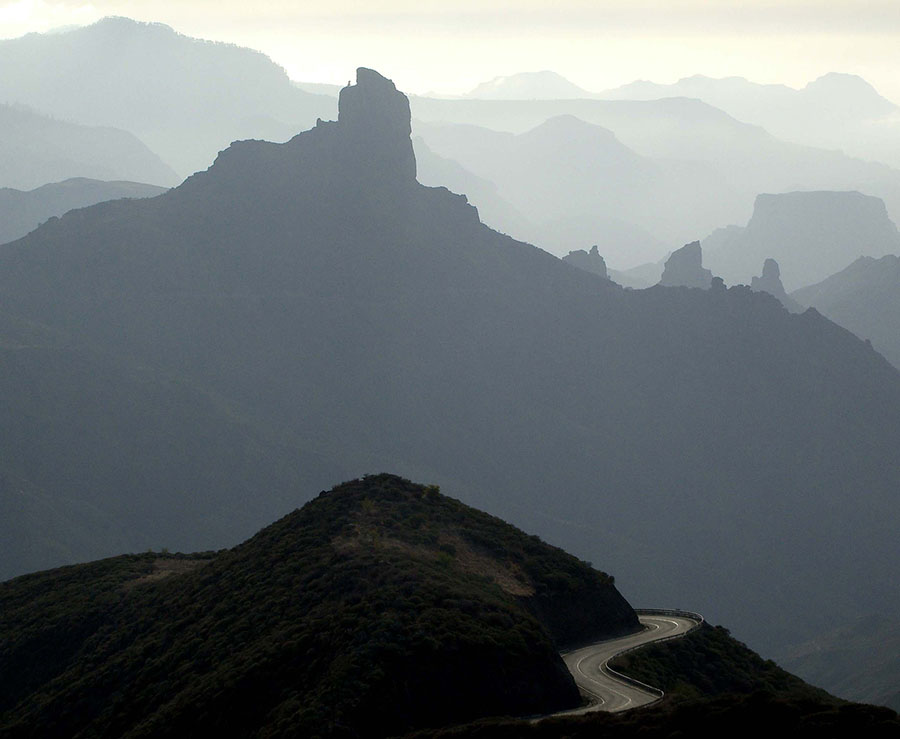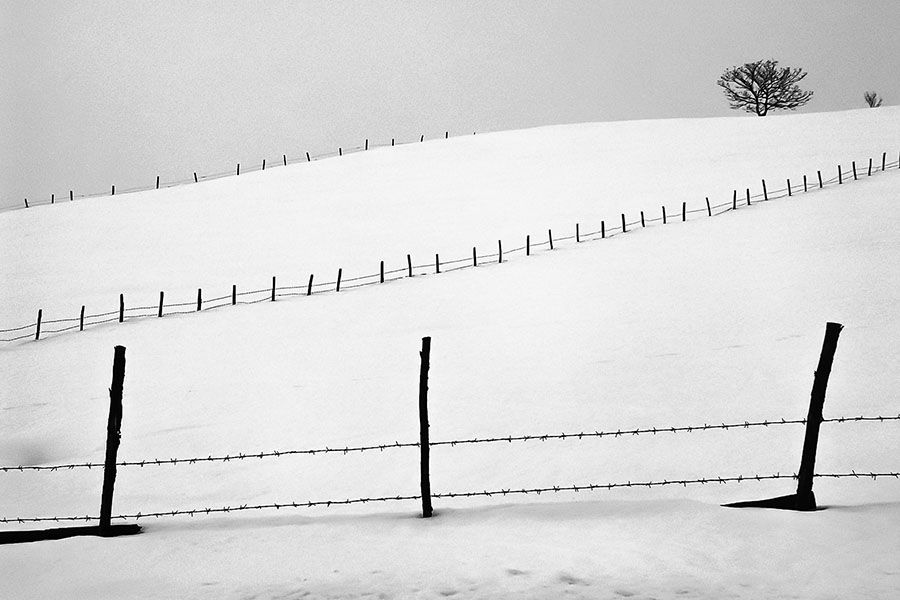
By Robert Hirsch
The term landscape originates from the Dutch word landschap, meaning “landship.”
It represented a segment of nature that could be taken in at a glance, from a single point of view, and encompassed the land as well as animals, buildings, and people.
Going back in history, landscapes were originally used primarily to fill in the blank space behind a person or scene by painters, and other artists.
However as art and photography has evolved, the “background” was seen to have artistic value in and of itself. Today, landscape photography is a very popular pursuit.
These days, almost everyone carries a camera. From the small pocket digital cameras, to dSLR cameras, to smart phones. It is now essentially free to take as many photos as you want, and you can view them immediately. These changes in photography have meant that we are now flooded with images on social media, television and in advertising.
Is every “happy snap” taken of the landscape, by default, a landscape photo? I would argue that it is not.
In trying to answer the question, “what is landscape photography”, I came across many possible definitions including “the branch of photography dealing with the representation of natural scenery” to “photos of pretty much anything as long as it’s outside”!
So, what is landscape photography? For me, it is photography that focuses on the natural world and has a purpose…
Landscape Photos should have a Purpose
Tell a Story
A good landscape picture should make a connection with the viewer, and tell you a story. A good landscape picture will have you finding interesting details in the photo for several months after you first see it.
The skill is to entertain the viewer within the singular moment of the photo. Capturing the instant in time, and preserving it forever, can make it into something amazing.
It can remind you of a certain location, a certain point in time, or a period of your life.

Show someone more than they see
Landscape photography is not purely about taking yourself to beautiful locations- in fact the real skill comes from finding the beauty in everyday life.
I came across a quote that I liked by Eliot Porter, an American nature photographer- “All the cycles of life are beautiful.” This quote rings true to the landscape photographer, as you search for the “special parts” in life around you.
Many great landscape photos have been taken in places that would not usually be considered beautiful- by choosing what to include or exclude, and bringing your own unique perspective, you can choose the scene that best represents your creative vision.
It all comes together when you push the camera shutter and the photo reveals something special and spectacular.
Sharing the feelings of a moment
Another aspect of landscape photography is to share the feelings that come with these incredible moments in time. It is one thing to be able to see these amazing things yourself, it is quite another to be able to share them with others.
Remind people of the beauty of our world
The final purpose that I will talk about is the ability to remind people of nature, and the natural world. In our current lives it is easy to run out of time to stop and smell the roses. It is common to get caught in your own busy world and lose track of the outside world.
Landscape photography should remind you of that connection we all have to the land, and remind you to stop every so often, to take a big breath, and be aware.
Landscape pictures can also show both the strength and the fragility of nature- the volatile beauty of the wilderness and the earth that needs to be protected.
The act of photography intensifies ones visual experience.

What is NOT landscape photography?
Landscape photography is not photojournalism, it is not a not documentary, its aim is not necessarily to capture scenes in their ordinary state. Most of the time, we actually wait for the conditions that transform the ordinary into the extraordinary.
Challenges and tools
Landscape photography can be challenging- it is all about working within the fixed constraints of the land. You do not have the aids of sound and music like in video and cinema. You must exist within the natural world (unlike painters who have some leeway), and you do not have studio lighting to help you get the best detail from every shot.
Add to this you need to try and capture a dynamic scene in a static medium, and create depth with two dimensions.

However, landscape photography is an addictive pursuit- every time that the light is inadequate, the wind too strong or the tourists in your way- makes the moments when it all comes together even more special!


